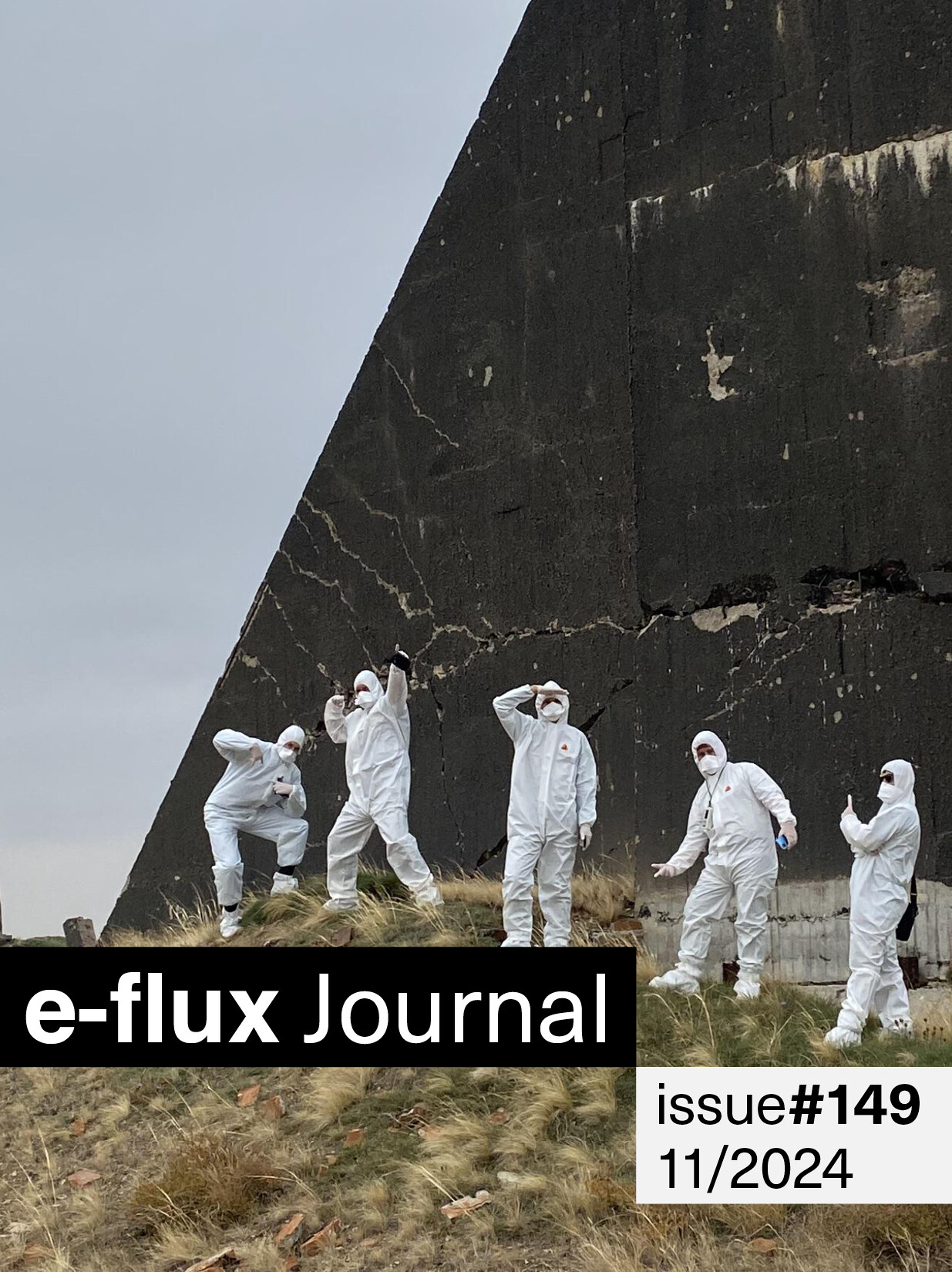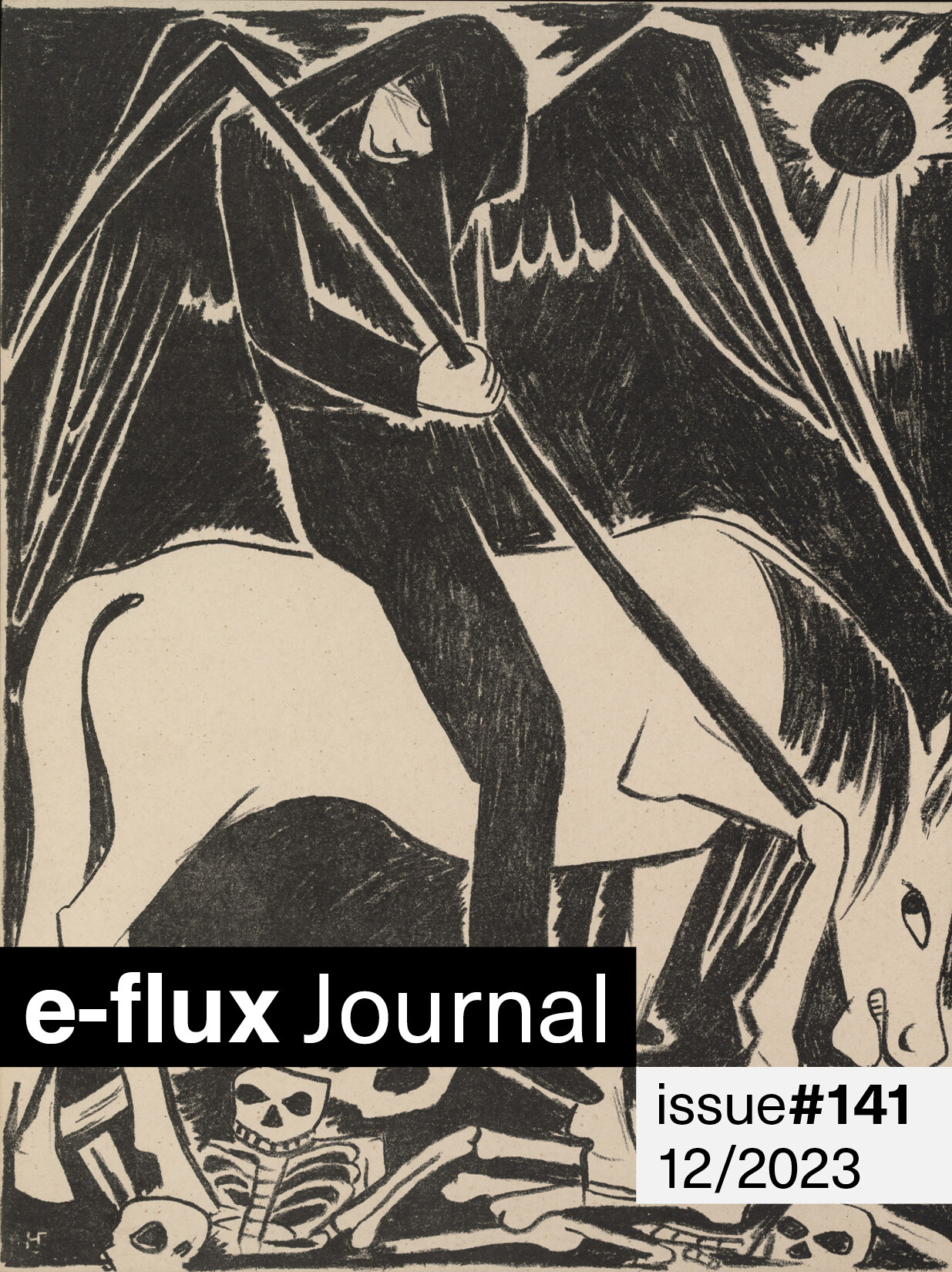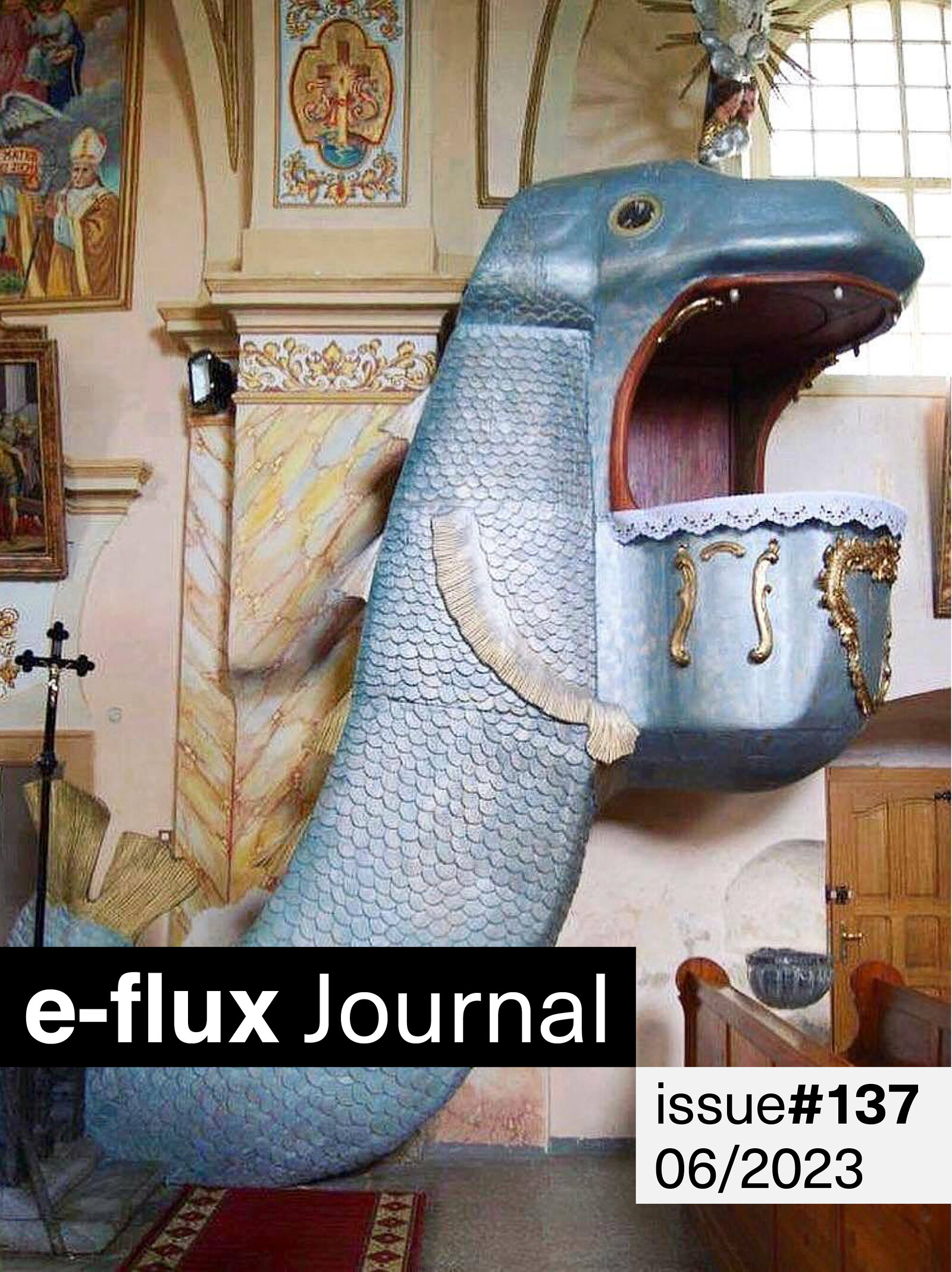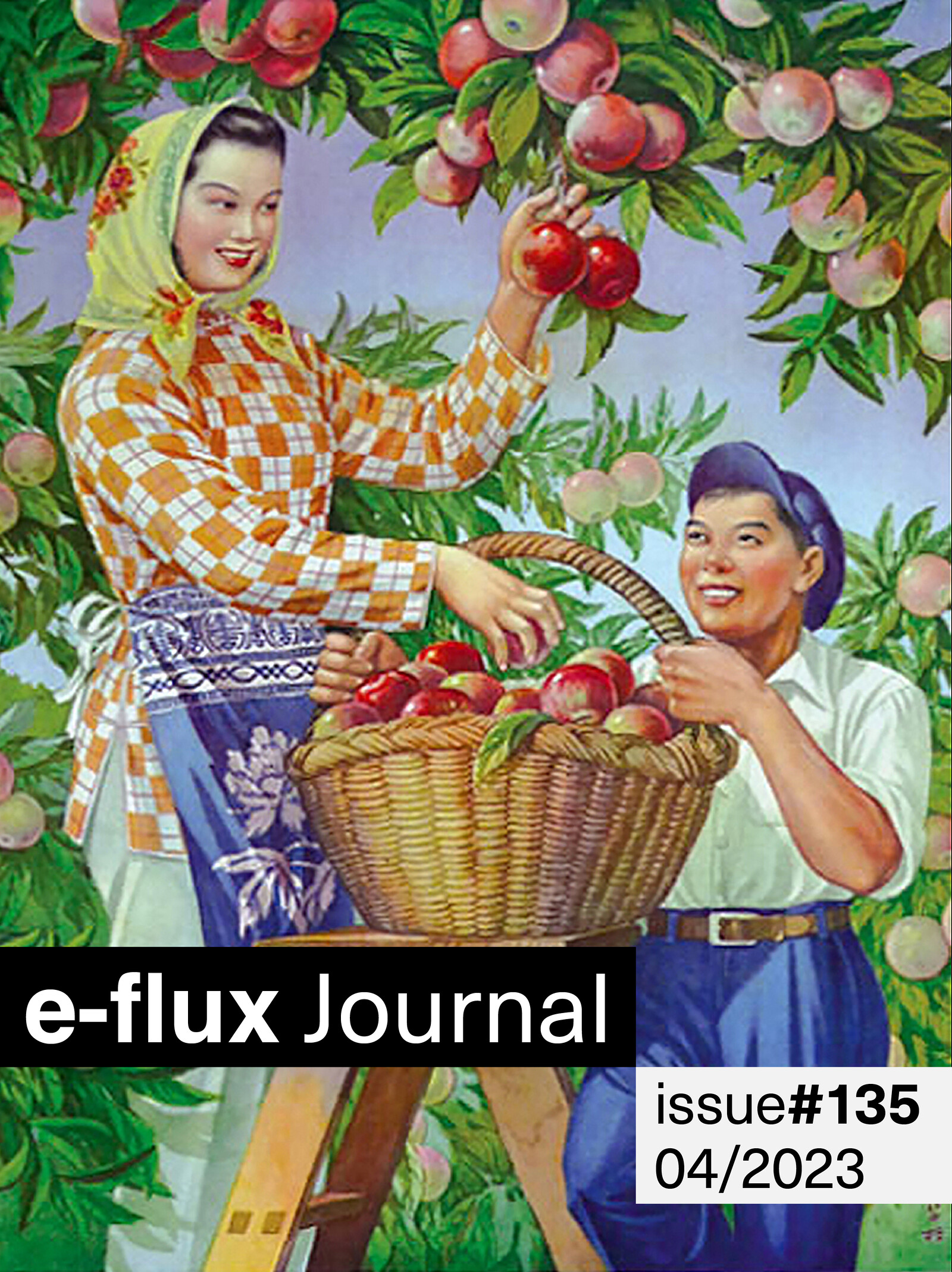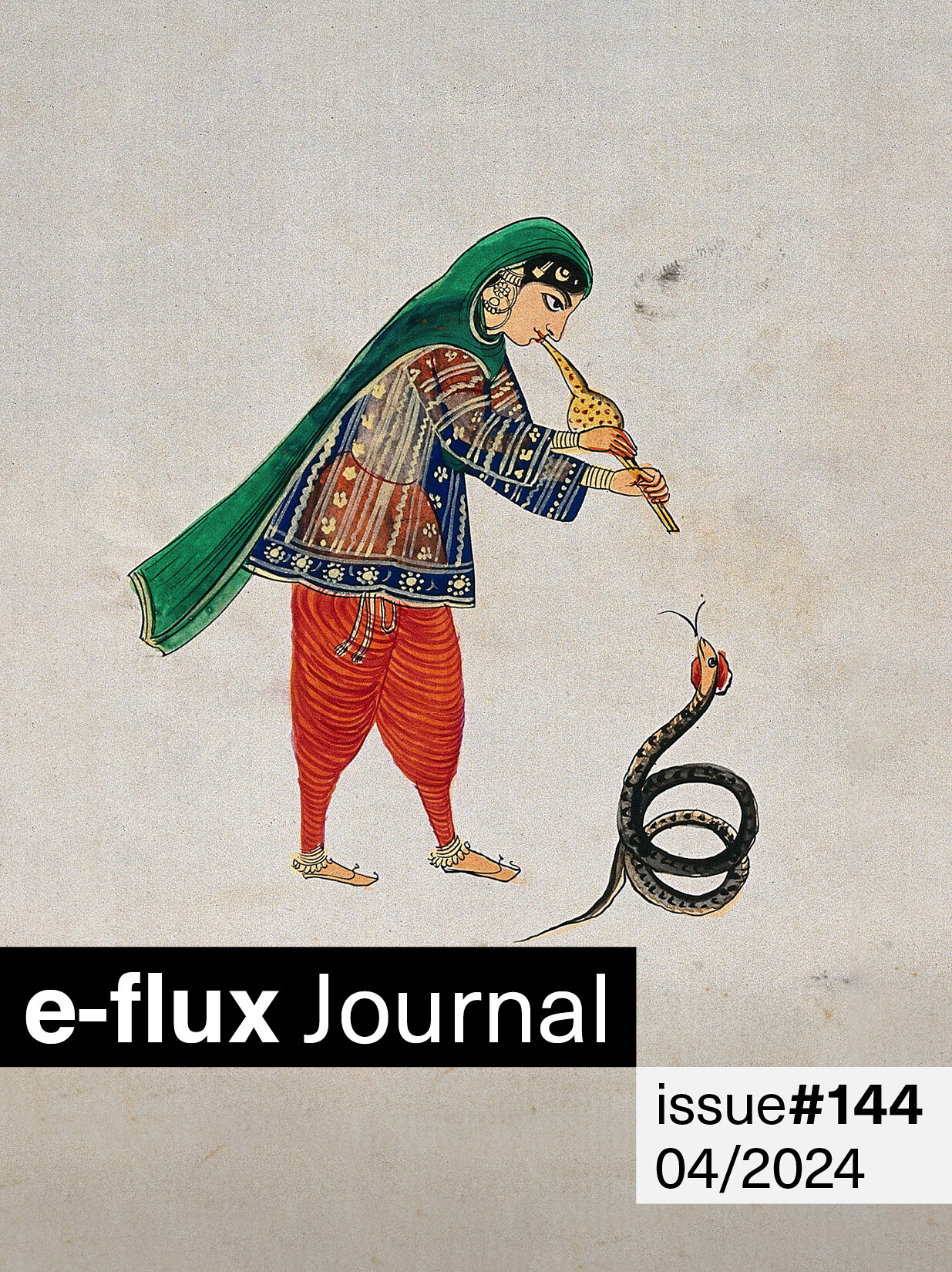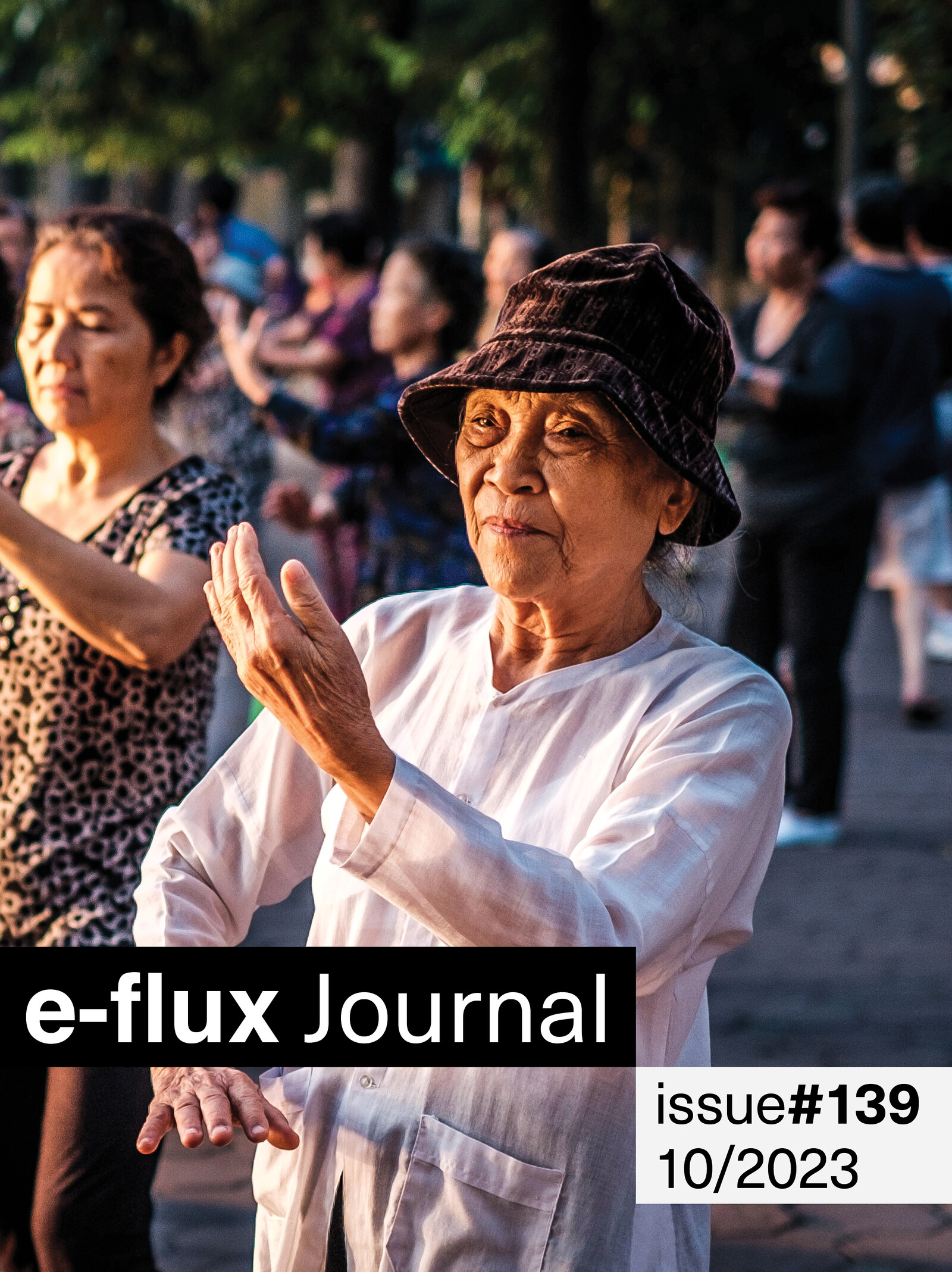As the novel coronavirus pandemic spreads, we—the people of planet earth—are faced with a dizzying variety of responses: quarantine, containment, vigilant self-quarantine, paranoid self-isolation, and in some cases escape from the above. Suddenly, it is as if circulation itself has turned against us, making healthy freedom of movement in the world a dealer of death. So your flight is cancelled. Your trip is over. We are staying in place for the foreseeable future. Exhibitions, symposia, gatherings of all kinds are postponed. But not sporting events. Those will go on, but without any supporters in the stands. The players will play for empty stadiums and we will watch from home. It’s a good time to catch up on reading.
The movement and circulation of images and words is quite literally what we all do. In the current viral climate, now that mobility is rapidly curtailed and as preparations to be contagious and contained indoors shift between potentiality and reality, certain infrastructures are laid bare in their fragility. At the same time, specific mobilities may revert to how they looked at the beginning of the twenty-first century. The loss of free and near-miraculous movement between needed international gatherings of artists isn’t quite something to be celebrated either. What would it look like to gather and share ideas, works, publications traveling only by data or by foot?
Nikolay Smirnov makes visible a century of religious-based networks across Russia—old believers, shamans, libertarian groups, and spiritual outliers who have operated against or in spite of centralized state power. Smirnov also relays attempts to repress these believers, beginning with populist movements before the October Revolution and continuing to this day, with shaman Aleksandr Gabyshev’s ongoing and much-disrupted march by foot to the Kremlin this year from Yakutia, Siberia, “with a mission to exorcise the ‘powerful demon’ in the Kremlin.” Through examples spanning great distances and time, Smirnov points out that at one point in the mid-nineteenth century at least, such groups could be considered to operate as an “oppositional religious confederate republic” within Russia. Oleksiy Radynski traces the long gas line of twentieth and twenty-first century fossil fuel connections, particularly between the carbon empires of Russia and Germany, in relation to Alexander Bogdanov’s proto-cybernetics to ask: How has information travelled directly through the medium of oil—and now gas—networks?
Sam Richardson enters an ongoing investigation into images and lived experiences of Polycystic Ovary Syndrome (PCOS) through the figure of Saint Wilgefortis, a Catholic female saint known for her beard. Often appearing on the cross as if she were Jesus Christ, throughout history Wilgefortis’s likeness has been removed, considered heretical, and officially purged (1969). But, since her legend arose in the fourteenth century, she has also been venerated as a patron saint by those who are bound as prisoners or held captive by abusive husbands or domestic situations, by survivors of sexual assault, rape, and incest, and as Richardson shows, by people of many genders and identities, including people with PCOS.
Continuing an ongoing essay on narcissistic authoritarian statism, iLiana Fokianaki gives form to the interplay between soft power and hard power by adding additional axes for plotting emergent forms of unaccountable coercion, reminding us of the pressures exerted on cultural workers and institutions when patrons and board members perpetuate the same violence that artists protest against, or when cultural workers respond by retreating into private familism. Serubiri Moses meditates on the cinematic dimension of postcolonial thought, invoking the work of Franz Fanon to ask how violence operates through fantasies and dreams. If colonialism marries legality and structural violence, then Fanon’s practice as a psychoanalyst becomes all the more crucial for uncovering the desires and unconscious fantasies that we might also understand as images and projections.
In “Recolonize This Place,” Mostafa Heddaya and Rijin Sahakian critically untangle the exhibition “Theater of Operations: The Gulf Wars 1991–2011” at MoMA PS1, and identify how its “belated humanization” through empathetic artists and relativistic curatorial framing extends the “hearts and minds” rhetoric of US occupation. With the billionaire owner of the infamous private military contractor Blackwater chairing PS1 affiliate MoMA’s board, and many canonical European and American artists contemplating the mediatic abstraction of war as spectacle, the experiences of Iraqi artists in the exhibition appear increasingly significant for revealing surprising overlaps between the operating logic of the art institution and that of the US occupation of Iraq.
In “Reality Cabaret: On Juliana Huxtable,” McKenzie Wark writes through and alongside the artist’s music, visual, and written artwork in the form of a remix that’s “also a theory of its own aesthetic methods.” Among other revelations she arrives to: “Maybe it’s about standing in the flow, not where it’s a stagnant pool or a cascading blast, but where it eddies and still trickles. Maybe that stillness is actually propulsion if we think again about what moves relative to what. Maybe there are still times and places that, while not free, at least enable certain bodies and signs a little breathing room. Maybe certain bodies need that more than others, and hence find their way.”
In 1960, at the Escuela Nacional de Bellas Artes in Montevideo, Luis Camnitzer wrote: “I don’t believe that there is any other aesthetic premise than freedom, as much personal as collective.” Continuing into 2020, Camnitzer’s pedagogical and artistic work has developed these premises, including a deep investigation into the interrelation of language and image. At the time, Camnitzer wrote to his fellow travellers, art students and graduates: “Undoubtedly, the most common means of expression is the word. It’s misused and abused. It determines thought rather than being a consequence of it. Metaphors have become formal sentences that have lost their original image, and that is how we think.”
—Editors
© 2020 e-flux and the author
